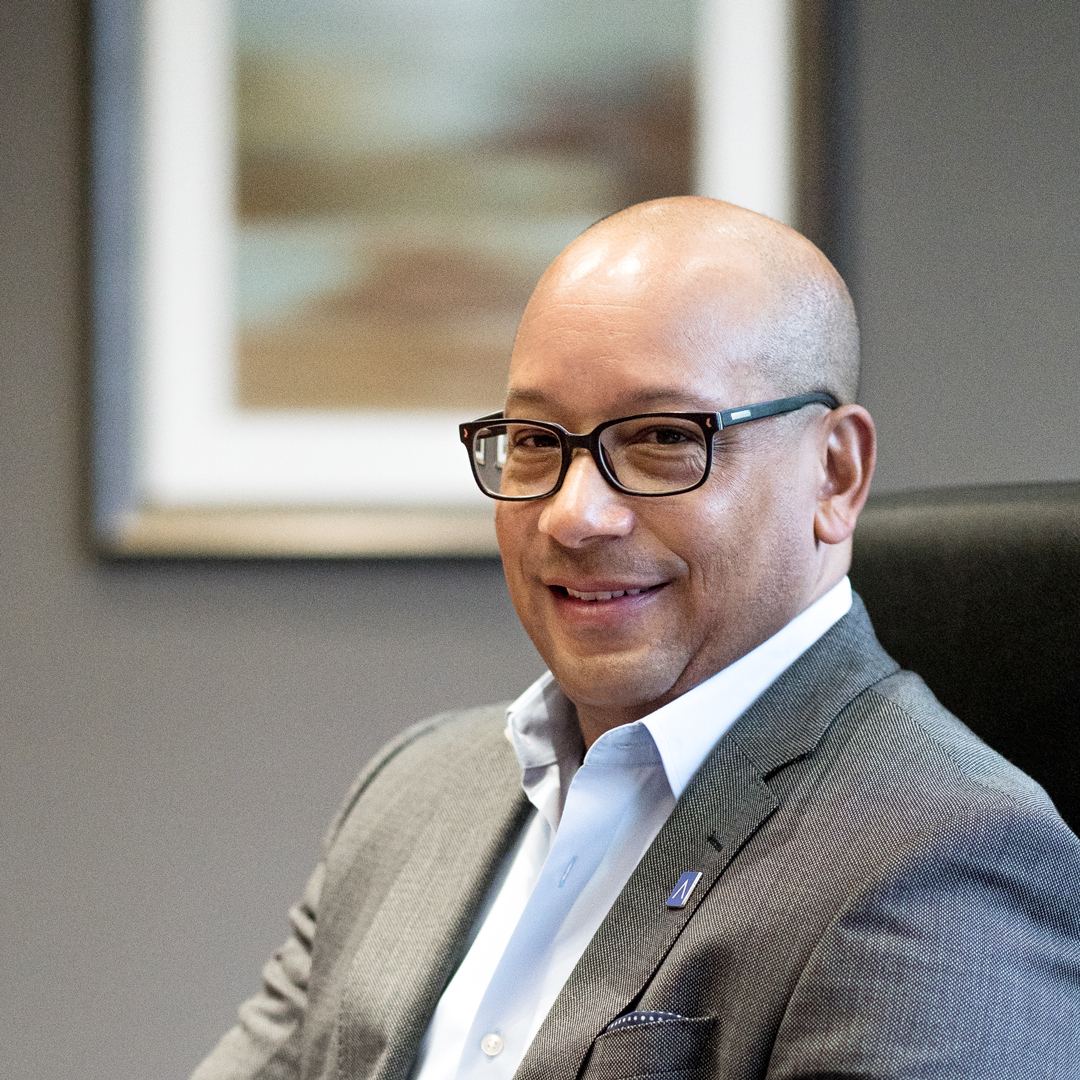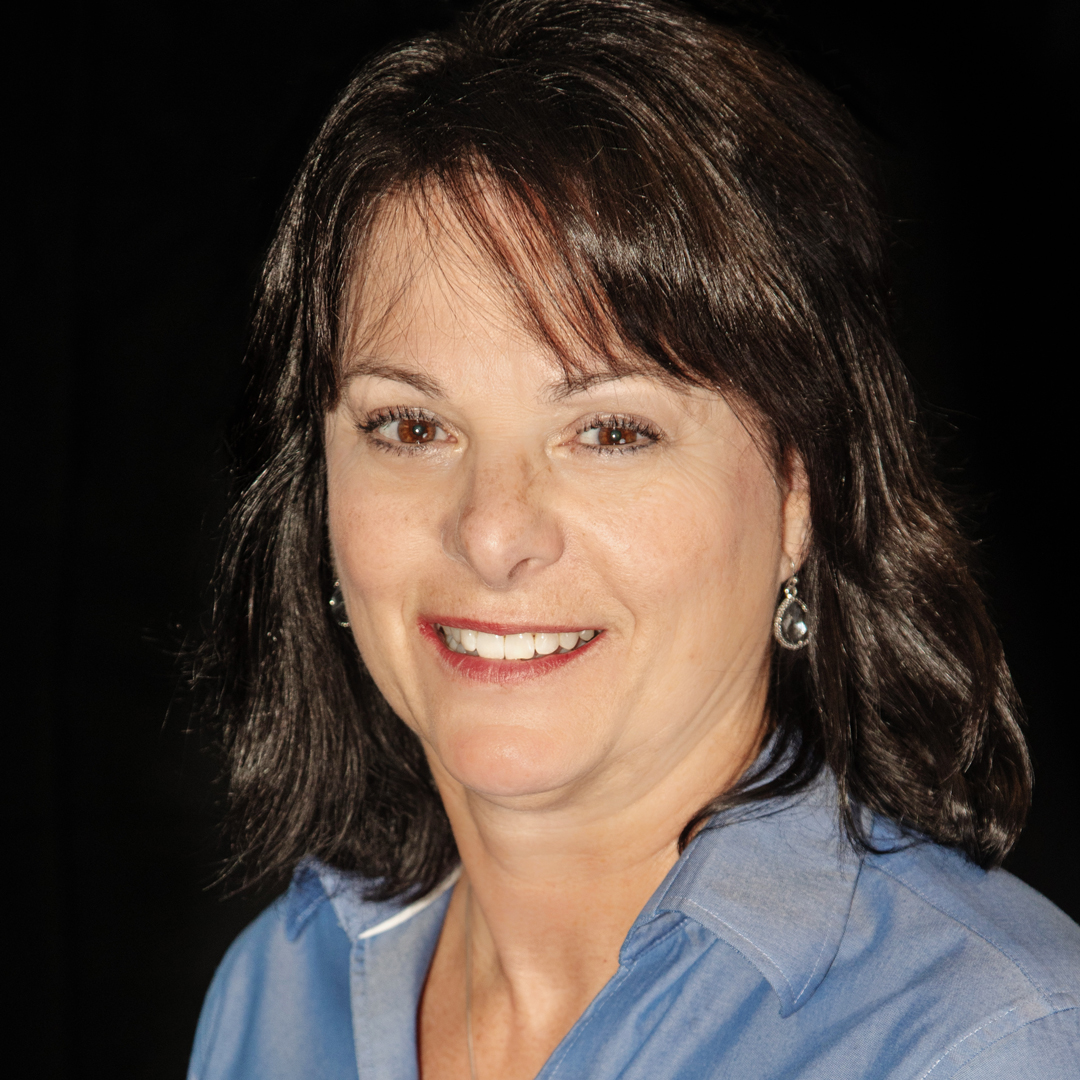|
Getting your Trinity Audio player ready...
|
Fully customized enterprise-wide software can be expensive. Instead, a common alternative relies on installing an off-the-shelf platform and then altering aspects of it to conform to the particular needs of the business. It’s often a double-edged sword. Although it’s less expensive than a full-custom system, it carries its own extra price: the possibility of wiping out those carefully designed tweaks upon upgrade.

At the same time, skipping upgrades can also mean skipping new functions and efficiencies. Just consider the differences in capabilities and usefulness between your current cell phone and the one you used in 2010, and you’ll appreciate the situation.
That’s what Envision Healthcare Corporation, which delivers physician and advanced practice provider services to more than two thousand clinical departments nationwide, faced. “Our current on-site system is about ten years old,” says Kenneth Zongor, Envision’s senior vice president and chief accounting officer. “It still executes its intended functions, but lacks the efficiencies newer technology brings to bear.” And the company faced challenges in its ability to install some routine updates because of the numerous customizations introduced over the years that could have been impacted.
But now that’s changing. After a rigorous yearlong evaluation process, the company is implementing a new cloud-based enterprise resource planning (ERP) system based on the Oracle Cloud platform.
Zongor joined AMSURG—a company that provides strategic and operational management of surgery centers and is now part of Envision—in 2010 as its vice president of financial reporting. The intricacies of his new job presented a steep learning curve that was mitigated somewhat by his own broad experience, which includes terms at Arthur Andersen, Ernst & Young, Deloitte & Touche, and Carr, Riggs & Ingram.
“As a public accountant, I was exposed to all kinds of industries. I saw how things were done across a big spectrum, and it gave me a varied perspective,” he says.
“It’s an absolutely sweeping initiative. Every component of the admin side of our business will be touched by this.”
Bringing the new ERP online presents enormous challenges—in terms of both processes and people. “It’s an absolutely sweeping initiative,” Zongor says. “Every component of the admin side of our business will be touched by this.”
Envision’s old system integrated with multiple external systems, including billing, scheduling, time and attendance, and other functions. And some aspects were quite complex. “One big challenge is payroll,” Zongor says. “We have to accommodate different pay elements according to geographic location and specialty, and allow for differentials within those rates based on the shift type—for example, on-call and night shift hours.”
When the system is fully integrated, it will simplify many aspects of the business. “We see it as an application that will work across the board,” Zongor says. “In the hiring process alone, it will simplify both the recruiting and employment processes—assisting with the production and signing of contracts and also sending the relevant data to the onboarding team, the credentialing team, and then to payroll and benefits.”
In turn, he added, clinical staff will have timely and efficient access to that information. “For example, the payroll app will let you use a chatbot to answer questions, and it’ll be easier to change your withholding or benefit deductions,” Zongor says. “And practice managers will be able to receive more timely updates on procedure volume to assist them in managing their current and projected clinician staffing.”
In addition, he notes, the new ERP will eliminate a significant amount of manual input, which will mitigate the chance of human error. “We want our clinicians to be confident that the administrative function of each practice is operating efficiently and delivering accurate data to manage the business,” he explains, “so they can concentrate on patient care.”
“It’s important to treat everyone, at every level, with respect and be grateful for what they do. People like to be challenged, and to feel as though they’re contributing to Envision’s success.”
And while the new ERP will allow Envision to incorporate the platform’s incremental improvements, “we now must adapt our data delivery methods to accommodate the software,” he says. “It’s going to drive change across the entire organization, and people don’t always accept change right away.”
As he guides his own 350-person staff into the new system, Zongor relies on a leadership philosophy he developed in high school.
“Football was my passion, and I played for a private high school,” he says. “We had only 250 students, but we were consistently ranked as a top program despite playing against much bigger schools. Nobody was a superstar, but we were disciplined. Our coach always told us, ‘You don’t have to be bigger, or hit harder. What counts is being in the right place at the right time. It doesn’t matter who you are—if you don’t play your part, the team won’t be successful.’
“I’ve carried that over to the business world,” he continues. “We have many people, but a common goal. It’s important to treat everyone, at every level, with respect and be grateful for what they do. People like to be challenged, and to feel as though they’re contributing to Envision’s success.”

